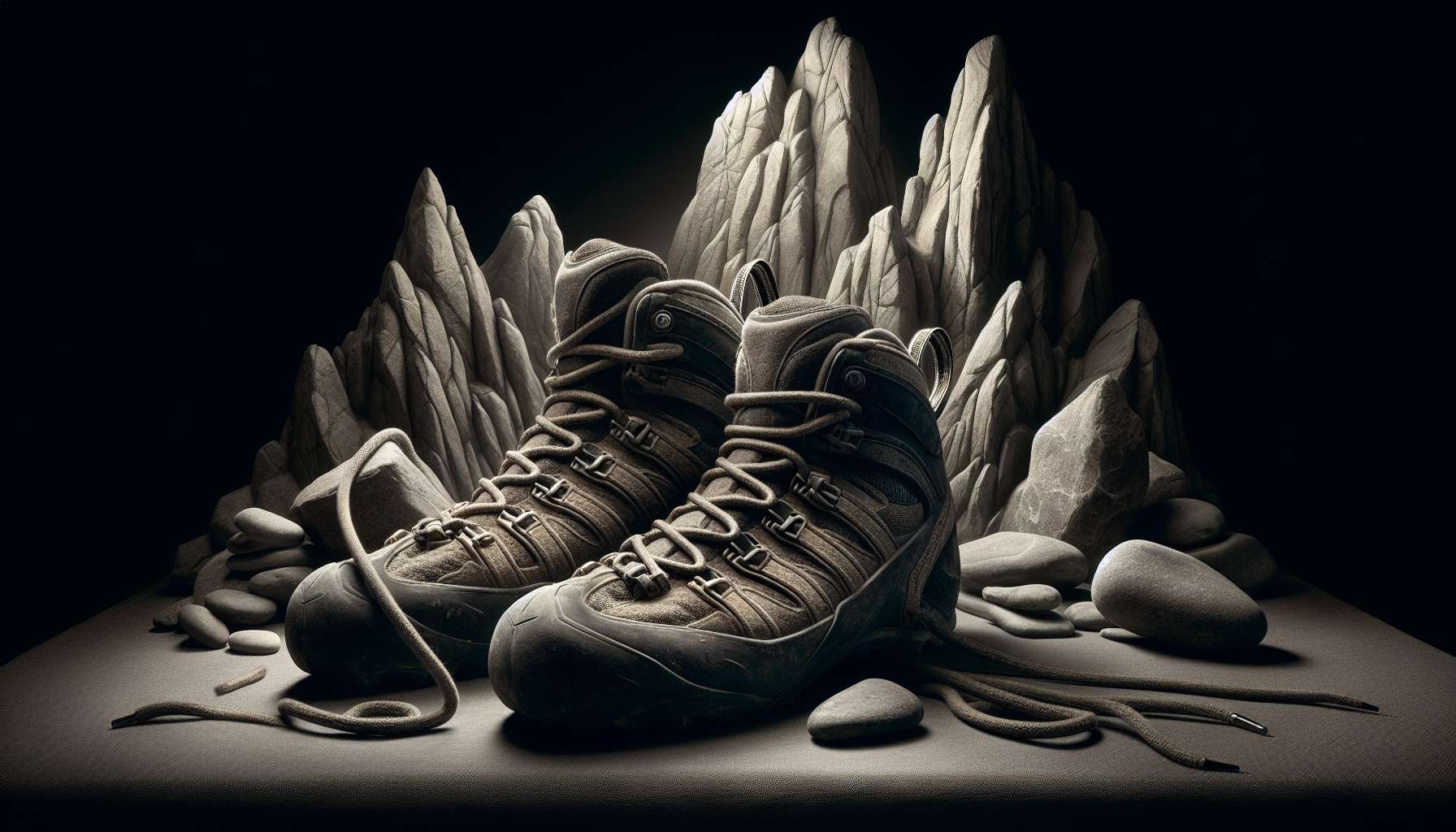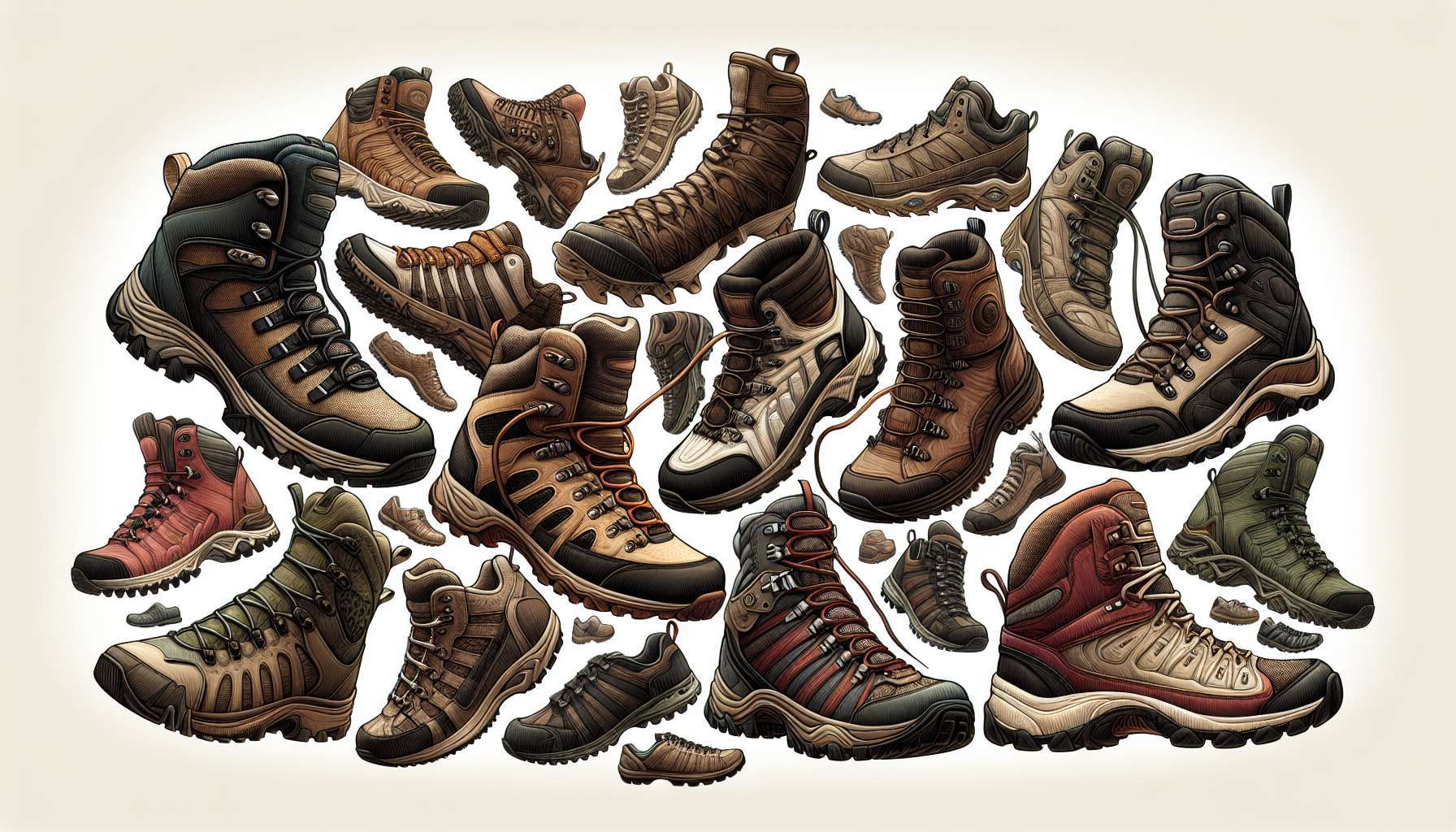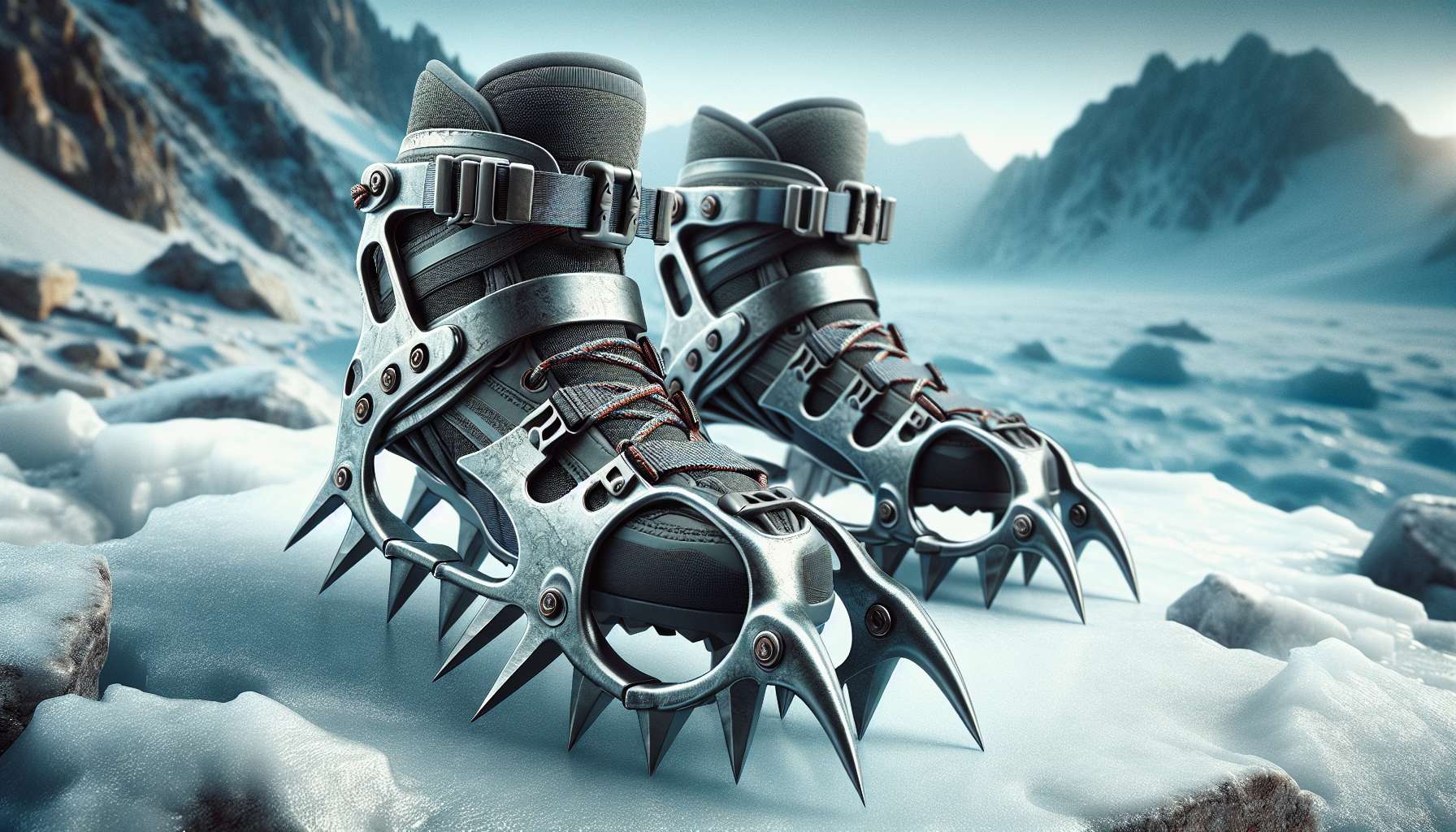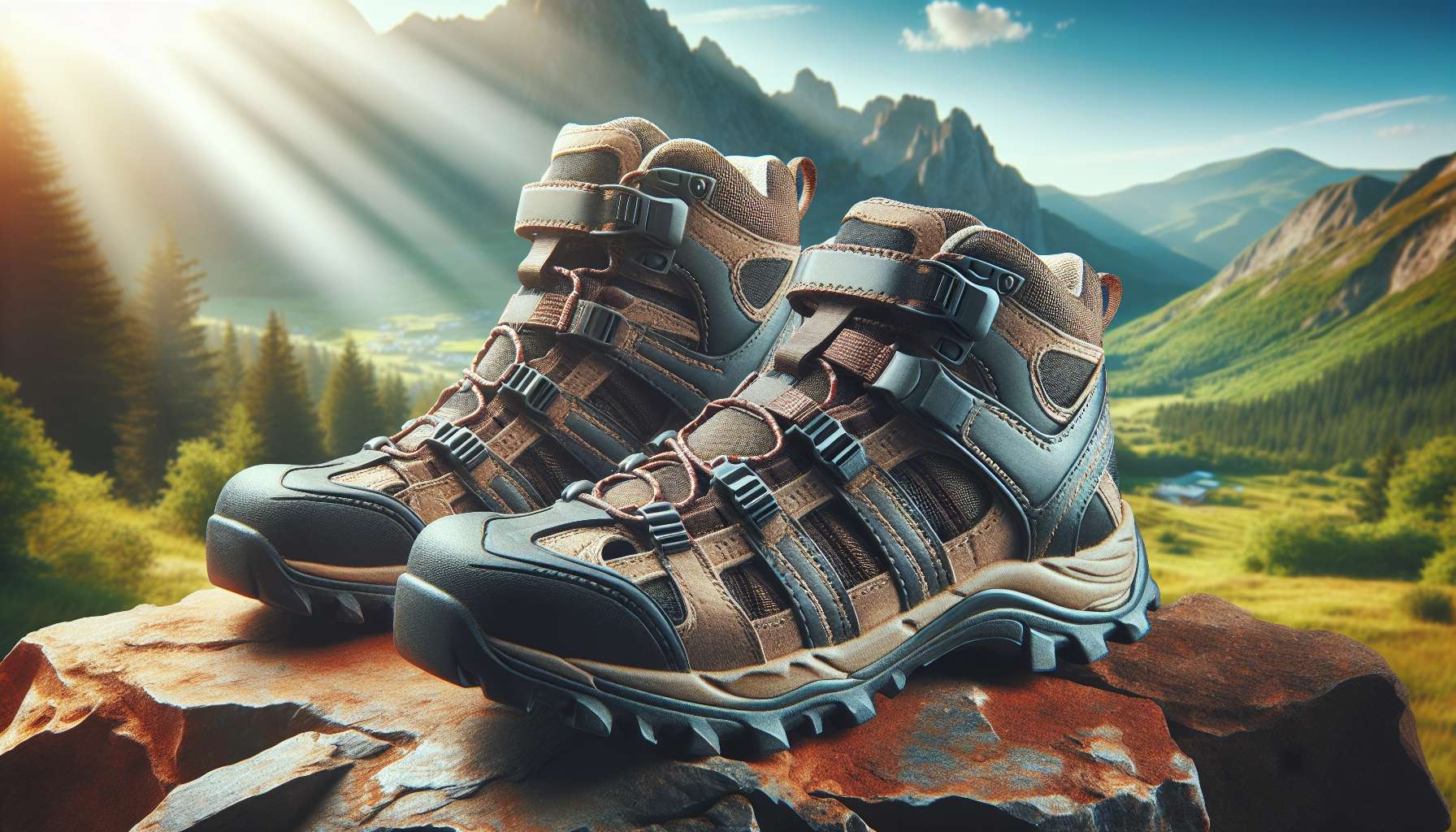Exploring the World of Rock Climbing Shoes
Rock climbing shoes are a crucial piece of equipment for any climber, whether they are a beginner or an experienced pro. These specialized shoes play a significant role in providing traction, support, and stability while scaling vertical cliffs and boulders. In this comprehensive guide, we will delve into the fascinating world of rock climbing shoes, exploring their history, design, functionality, and how they have evolved over the years to meet the demands of climbers worldwide.
The Evolution of Rock Climbing Shoes
The history of rock climbing shoes dates back to the early 20th century when climbers relied on simple rubber-soled shoes for grip. However, as the sport gained popularity and climbers started tackling more challenging routes, the need for specialized footwear became apparent. In the 1980s, companies like La Sportiva and Five Ten revolutionized the industry by introducing shoes with sticky rubber soles that provided superior traction on rock surfaces.
Today, rock climbing shoes come in a variety of styles, each designed for specific types of climbing. From aggressive downturned shoes for steep overhangs to flat-soled shoes for long multi-pitch routes, there is a shoe for every climbing scenario. The evolution of rock climbing shoes has been driven by advancements in technology, materials, and a deep understanding of biomechanics, resulting in shoes that offer unparalleled performance and comfort.
The Anatomy of a Rock Climbing Shoe
Rock climbing shoes are meticulously designed to provide climbers with the support and grip needed to navigate challenging terrain. The key components of a climbing shoe include:
- Rubber Sole: The rubber sole is the most critical part of a climbing shoe, providing traction and grip on rock surfaces. High-friction rubber compounds like Vibram are commonly used to ensure maximum adherence to the rock.
- Upper: The upper of the shoe is typically made of synthetic materials or leather, offering durability and support. The snug fit of the upper helps climbers maintain precision and control while climbing.
- Midsole: The midsole provides stiffness and support to the shoe, allowing climbers to edge and stand on small footholds with confidence. A well-constructed midsole enhances the shoe’s performance on technical climbs.
- Rand: The rand is a rubber strip that wraps around the toe box of the shoe, protecting it from abrasion and providing additional grip on toe hooks. A durable rand is essential for maintaining the longevity of the shoe.
Understanding the anatomy of a rock climbing shoe is crucial for selecting the right shoe for your climbing style and preferences. Whether you are a boulderer, sport climber, or trad climber, choosing a shoe that fits well and suits your climbing needs is key to a successful climbing experience.
Types of Rock Climbing Shoes
Rock climbing shoes are categorized based on their design and intended use. Some of the common types of climbing shoes include:
1. Neutral Shoes
Neutral shoes are designed for beginners and long multi-pitch climbs. These shoes have a flat sole and a moderate downturn, providing comfort and support for all-day wear. Neutral shoes are versatile and well-suited for a variety of climbing styles.
2. Aggressive Shoes
Aggressive shoes are characterized by a pronounced downturn and a pointed toe box, making them ideal for steep overhangs and bouldering. These shoes offer maximum power and precision on small footholds, allowing climbers to tackle challenging routes with confidence.
3. All-Round Shoes
All-round shoes strike a balance between neutral and aggressive designs, offering versatility for climbers who engage in a mix of climbing styles. These shoes are a popular choice for climbers who want a shoe that can perform well on a variety of terrain.
4. Crack Climbing Shoes
Crack climbing shoes are specifically designed for climbing cracks, featuring a narrow profile and reinforced toe box for protection against abrasion. These shoes excel in jamming and edging on crack routes, providing climbers with the necessary support and comfort.
5. Slipper Shoes
Slipper shoes are minimalist, low-profile shoes that are easy to slip on and off, making them ideal for quick and technical climbs. These shoes offer a snug fit and sensitivity, allowing climbers to feel the rock and make precise movements.
Choosing the right type of rock climbing shoe depends on your climbing preferences, skill level, and the type of routes you plan to tackle. It’s essential to try on different styles and brands to find the shoe that best suits your feet and climbing style.
Choosing the Right Rock Climbing Shoe
When selecting a rock climbing shoe, there are several factors to consider to ensure a proper fit and optimal performance. Some key considerations include:
1. Fit
The fit of a climbing shoe is crucial for comfort and performance. A well-fitting shoe should be snug but not painful, with minimal dead space around the toes. Different brands and models may have varying sizing, so it’s essential to try on multiple pairs to find the perfect fit for your feet.
2. Type of Climbing
The type of climbing you do will influence the type of shoe you choose. If you primarily boulder, an aggressive shoe with a downturned design may be ideal. On the other hand, if you prefer long multi-pitch climbs, a neutral shoe with a flat sole might be more comfortable for all-day wear.
3. Sensitivity
Sensitivity refers to the ability of the shoe to transmit feedback from the rock to the climber’s foot. More sensitive shoes offer better feel and precision on small footholds, while less sensitive shoes provide more support and comfort on longer climbs. Consider your preference for sensitivity when selecting a climbing shoe.
4. Closure System
Rock climbing shoes come with various closure systems, including lace-up, Velcro, and slipper styles. Each closure system offers different levels of adjustability and convenience. Choose a closure system that suits your preference for fit and ease of use.
5. Materials
The materials used in a climbing shoe can impact its performance and durability. Leather shoes tend to stretch and conform to the shape of the foot over time, while synthetic shoes maintain their shape and stiffness. Consider the pros and cons of different materials when selecting a climbing shoe.
By carefully considering these factors and trying on multiple pairs of climbing shoes, you can find the perfect shoe that meets your needs and enhances your climbing experience.
Expert Opinions on Rock Climbing Shoes
Experts in the field of rock climbing emphasize the importance of selecting the right shoe for your climbing style and foot shape. Professional climbers like Alex Honnold and Ashima Shiraishi often work closely with shoe manufacturers to develop custom designs that cater to their specific needs and preferences. Seeking advice from experienced climbers and gear specialists can help you make an informed decision when choosing a rock climbing shoe.
Common Misconceptions About Rock Climbing Shoes
One common misconception about rock climbing shoes is that a tighter fit equates to better performance. While a snug fit is essential for precision and control, excessively tight shoes can lead to discomfort, pain, and even injury. It’s crucial to strike a balance between a snug fit and comfort when selecting a climbing shoe.
Conclusion
To wrap things up, rock climbing shoes are an essential piece of equipment for climbers of all skill levels. These specialized shoes provide the traction, support, and stability needed to navigate challenging routes and reach new heights in the sport of rock climbing. By understanding the anatomy of a climbing shoe, exploring the different types available, and considering key factors like fit and closure systems, climbers can select the perfect shoe that enhances their performance and comfort on the rock.
Whether you are a beginner climber looking to invest in your first pair of shoes or a seasoned pro seeking the latest innovations in climbing footwear, the world of rock climbing shoes offers a diverse range of options to suit every climbing style and preference. So lace up, slip on, or strap in your climbing shoes and embark on your next vertical adventure with confidence and style!




